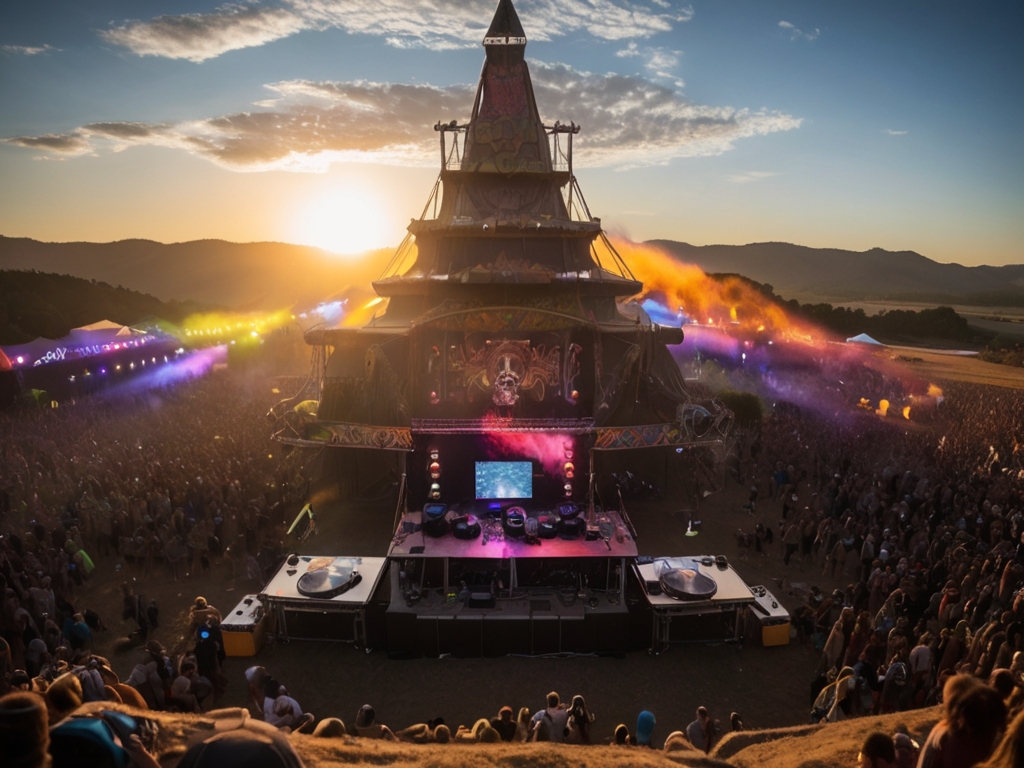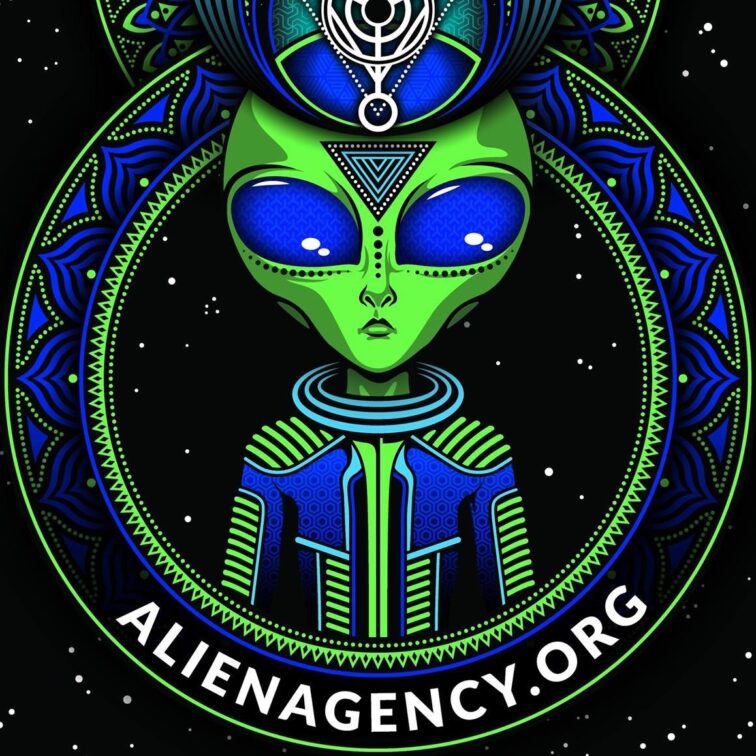The Evolution of Psytrance: From Psychedelic Music to a Movement

The Evolution of Psytrance: From Psychedelic Music to a Movement
Psytrance, short for psychedelic trance, is a subgenre of trance music that originated in the early 1990s. It is characterized by its fast tempo (usually between 140 and 150 beats per minute), intricate rhythms, and repetitive melodies, often incorporating elements of world music and other electronic genres. But psytrance is more than just a type of music; it’s a lifestyle, a community, and a movement that has evolved and grown over the past three decades.

The Early Days: The Birth of Psytrance
Psytrance has its roots in the underground rave and party scene of the late 1980s and early 1990s. At the time, electronic music was gaining popularity, and DJs and producers were experimenting with new sounds and styles. In Europe, particularly in Germany and the United Kingdom, a new subculture was emerging, characterized by a love for psychedelic experiences, both chemical and musical. This subculture would become the foundation of the psytrance movement.

Psytrance Culture
The first psytrance tracks were created by a group of Israeli musicians who had been influenced by the burgeoning electronic music scene in Europe. They combined elements of trance, techno, and house music with traditional Middle Eastern and Indian instruments and rhythms, creating a unique and distinctive sound. These early psytrance tracks were characterized by their repetitive, hypnotic beats and their use of unconventional instruments and sound effects.
The Expansion: Psytrance Goes Global
As psytrance gained popularity in Europe, it began to spread to other parts of the world. In the late 1990s and early 2000s, psytrance festivals and parties started to pop up in countries such as Australia, Brazil, Israel, and South Africa. These events attracted a diverse crowd of young people, drawn to the music, the lifestyle, and the sense of community that psytrance offered.

The Evolution of Psytrance: From Psychedelic Music to a Movement
Today, psytrance is a global phenomenon, with a dedicated following of fans and artists from all corners of the world. Psytrance festivals, such as Pyramid Festival in Serbia, S.U.N Festival in Hungary, and Rainbow Serpent in Australia, attract thousands of people every year, creating a temporary community of like-minded individuals who come together to celebrate their love of psytrance and the unique lifestyle that comes with it.
The Culture: The Psytrance Lifestyle
Psytrance is more than just a type of music; it’s a lifestyle, a culture, and a community. Psytrance events are known for their vibrant, colorful atmosphere, with people dressed in elaborate, fantastical costumes, often adorned with glow sticks, LED lights, and other forms of psychedelic decoration. The music is only one aspect of the psytrance experience; the lifestyle and the community are just as important.

Psytrance Culture
Psytrance events often have a strong focus on sustainability and environmentalism, with many festivals promoting eco-friendly practices such as recycling, composting, and the use of renewable energy sources. The psytrance community is also known for its tolerance and acceptance of all people, regardless of their race, religion, or sexual orientation. This inclusive, open-minded attitude is a key part of the psytrance lifestyle and is one of the reasons why the scene has been able to attract such a diverse following.
The Future: The Evolution of Psytrance
As psytrance continues to grow and evolve, it is likely that we will see even more experimentation and innovation in the coming years. With the rise of new technologies, such as virtual reality and artificial intelligence, there are endless possibilities for the future of psytrance and its role in shaping the culture and lifestyle of young people around the world.

One thing is certain: psytrance is more than just a type of music. It’s a movement, a community, and a way of life. And as long as there are people who are drawn to the hypnotic beats, the vibrant culture, and the sense of belonging that psytrance offers, it will continue to thrive and evolve for years to come.












































Comments
This post currently has no comments.